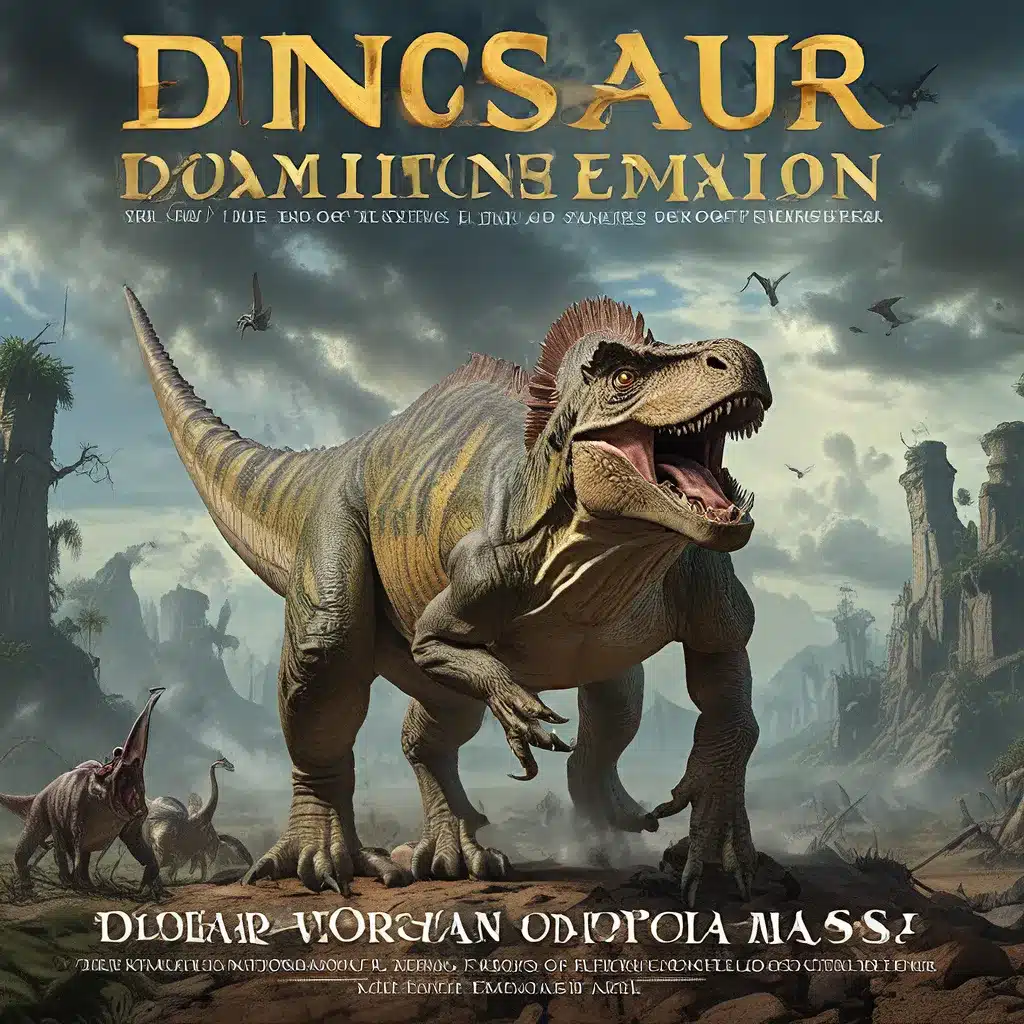
Unearthing the Secrets of the Mesozoic Era
The Mesozoic Era, often referred to as the “Age of Dinosaurs,” was a remarkable chapter in the history of our planet, spanning a staggering 185 million years. During this time, the Earth witnessed the rise and eventual demise of the most dominant and awe-inspiring creatures to ever roam the land – the dinosaurs. From the towering sauropods with their long, graceful necks to the ferocious theropods like the legendary Tyrannosaurus rex, these ancient reptiles captivated the imagination of humanity for generations.
Recent advancements in paleontology and archaeological technology have shed new light on the life and times of these prehistoric giants. Through meticulous excavations, cutting-edge analysis, and the tireless efforts of dedicated researchers, we are uncovering an ever-expanding understanding of the dinosaurs and the world they once inhabited.
Pangaea and the Permian Extinction
The story of the dinosaurs begins with the formation of the supercontinent Pangaea, which existed during the Permian Period (around 300 to 250 million years ago). This vast landmass, stretching from pole to pole, experienced dramatic geological and climatic changes that would set the stage for the rise of the dinosaurs.
The Permian Extinction, often referred to as the “Great Dying,” was a cataclysmic event that wiped out an estimated 90% of all life on Earth. This mass extinction, triggered by colossal volcanic eruptions and a cascading series of environmental upheavals, cleared the way for a new era of life to emerge – the Triassic Period (250 to 200 million years ago).
The Triassic Period and the Dawn of Dinosaurs
During the Triassic Period, the first true dinosaurs began to appear, evolving from a group of reptiles known as dinosauromorphs. These early dinosaurs were diverse, ranging from small, nimble carnivores to larger herbivores, and they co-existed with a variety of other reptilian species, including the massive amphibians known as Metoposaurus.
As the Triassic gave way to the Jurassic Period (200 to 145 million years ago), the dinosaurs underwent a remarkable diversification, filling a wide range of ecological niches. The Jurassic saw the emergence of the iconic sauropods, such as Brontosaurus and Diplodocus, as well as the fearsome theropods, including the earliest known feathered dinosaurs.
The Reign of the Dinosaurs
The Cretaceous Period (145 to 66 million years ago) marked the peak of the dinosaurs’ dominance, with the emergence of some of the most recognizable and awe-inspiring species, such as Tyrannosaurus rex and Triceratops. During this time, dinosaurs were the undisputed rulers of the land, thriving in a variety of habitats and adapting to a range of environmental conditions.
Advances in paleontological research have revealed fascinating insights into the social and behavioral patterns of these ancient creatures. Evidence suggests that some dinosaurs, such as the tyrannosaurs, may have hunted in packs, while others, like the sauropods, exhibited complex social structures and parental care.
The Cretaceous-Paleogene Extinction Event
The reign of the dinosaurs, however, was not destined to last forever. The Cretaceous-Paleogene Extinction Event, commonly known as the K-T Extinction, occurred approximately 66 million years ago, marking the end of the Mesozoic Era and the dominance of the dinosaurs.
This catastrophic event, believed to have been triggered by a massive asteroid impact, led to the sudden and dramatic demise of the dinosaurs, along with the extinction of numerous other species. The impact and its aftermath, including widespread environmental devastation and climate change, proved too much for the dinosaurs to overcome.
The Lasting Legacy of the Dinosaurs
Despite their ultimate downfall, the dinosaurs have left an indelible mark on our world. Their fossils, preserved in the rock record, continue to captivate the public and provide invaluable insights for paleontologists and evolutionary biologists alike.
Recent discoveries have challenged many long-held assumptions about these ancient creatures. For instance, the finding of feathered tyrannosaurs and the evidence of complex social behaviors have forced us to rethink our understanding of dinosaur biology and evolution.
Today, the legacy of the dinosaurs lives on in the form of their modern-day descendants – the birds. These feathered creatures, which evolved from small, feathered dinosaurs during the Mesozoic Era, serve as a testament to the incredible adaptability and resilience of life on our planet.
As we continue to unearth new fossil discoveries and refine our understanding of the dinosaurs, the fascination with these ancient rulers of the Earth shows no sign of waning. The Mesozoic Era and its inhabitants remain a captivating and mysterious chapter in the story of life on our planet, inviting us to explore the wonders of the past and the secrets they hold for the future.
The Lost Kingdoms is dedicated to bringing you the latest insights and discoveries from the world of paleontology and ancient history. Stay tuned for more exciting explorations of the dinosaurs and the vibrant civilizations that once walked the Earth.


